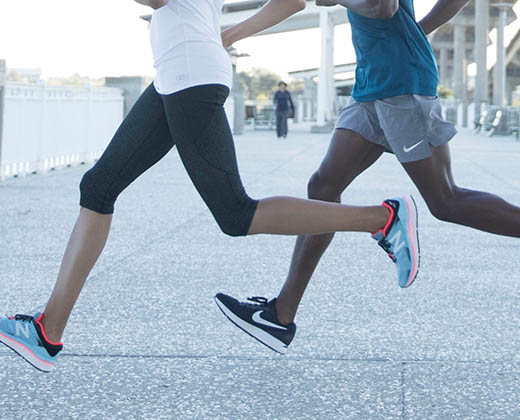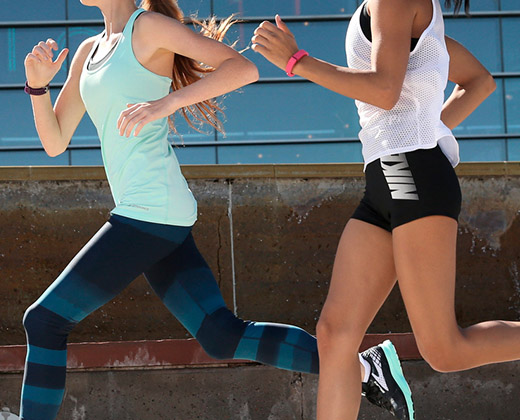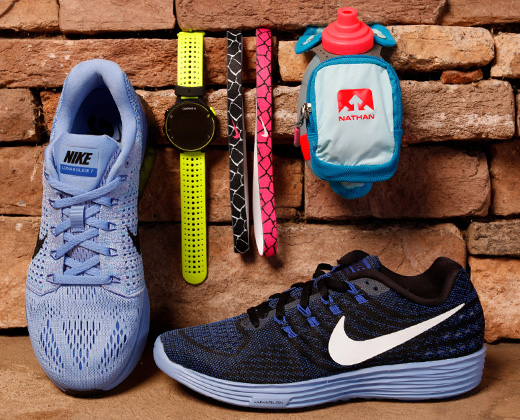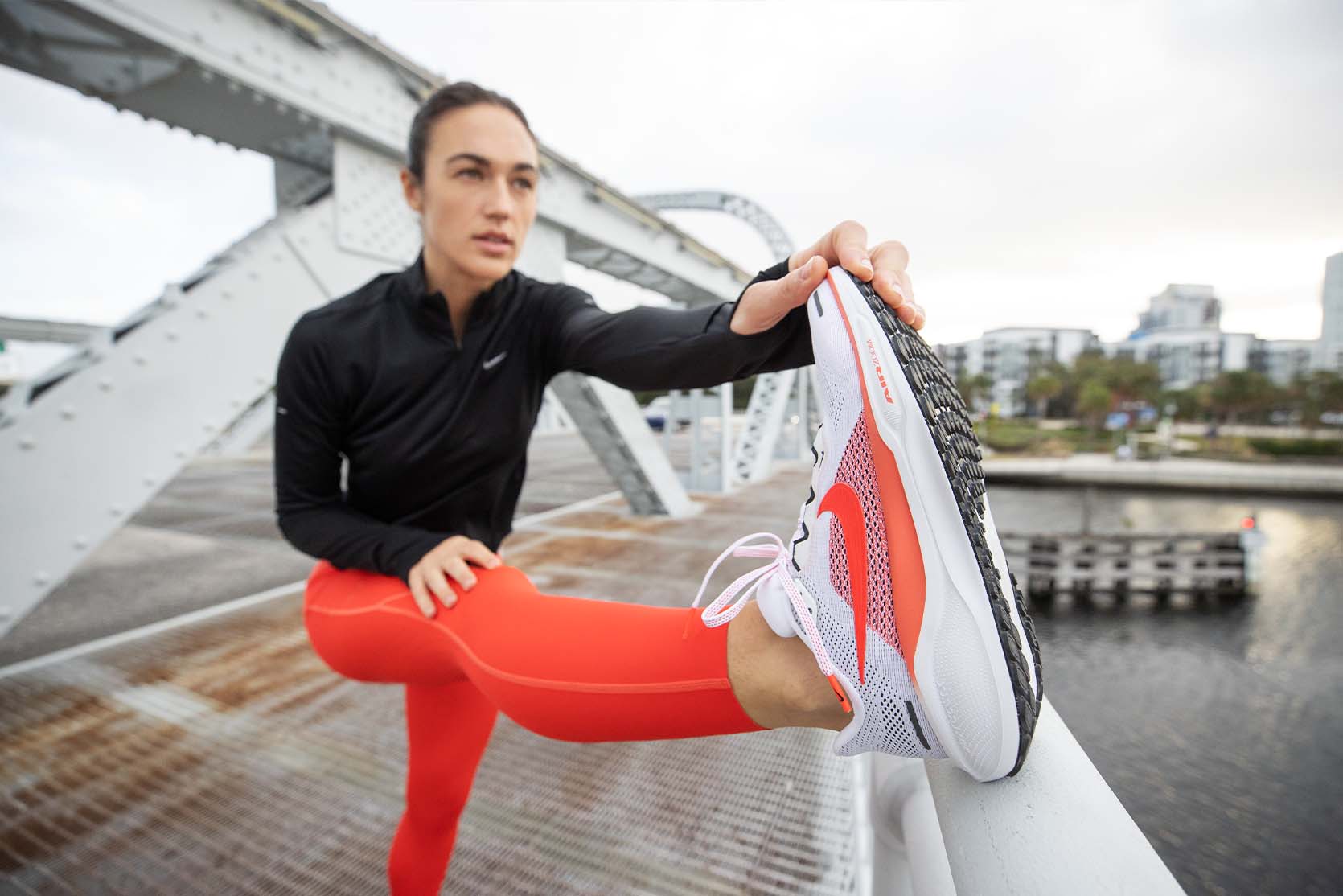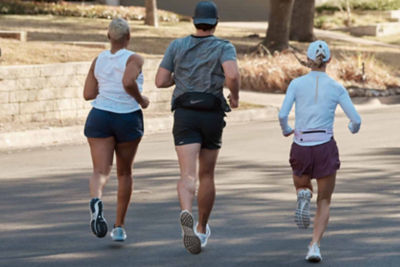Guide to Proper Running Form
Discover the correct running technique from your head to your feet with this Pro Tips guide on how to run.

If you’re a beginner, having a proper running technique can help you get on pace for your running journey. Even if you’re a seasoned runner, freshening up on how to run can help improve your running form.
Learn the ins and outs of a proper jogging form with this total-body breakdown from Pro Tips.
Top Tips for Proper Running Form
Head
Keep Your Head in a Relaxed & Natural Position
The first place to start when it comes to correct running form is with your head. Your head should be in as natural a state as possible, aligning with the rest of your body. A relaxed head can help the run flow more easily.
“Having eyes straight ahead toward [the] horizon is ideal,” DICK’S Sporting Goods Associate and running enthusiast Cathy Connor says. “But also be cautious to surroundings – left, right and the ground.”
You should also think about your mentality when running. However, don’t overthink your running form. Keep these running tips in mind, but don’t worry too much over them.
Arms & Hands
Keep Your Elbows at a 90 Degree Angle
Running is not just about your leg movements. It’s also important to use your arms to help propel you forward. Your arms should swing alongside your body without crossing in front. Your elbows should be at a 90-degree angle.
Find the Rhythm with Your Arms and Legs
When it comes to your running rhythm, your arms should swing at the same pace as your legs. When you step forward with your left leg, your right arm should come forward as well.
Keep Your Hands Relaxed & Cupped
Avoid “T. rex hands,” where your palms are facing down. Instead, your palms should be facing each other. They should be relaxed and cupped. Make sure not to clench them into tight fists. Connor suggests shaking out your arms to loosen them up if you find yourself tensing up.
Shoulders & Torso
Keep Your Shoulders Square & Maintain a Strong Core
Posture is important when addressing bad running form. Make sure not to slouch forward. Keep your shoulders squared off so they’re not doing excessive swinging. Keep your shoulders relaxed and natural, similar to your head. Maintain a strong core when you run. Think of “running tall,” says Connor. Imagine you’re being pulled by a rope, keeping a straight line forward.
Hips
Your Hips Should Be Square & Pointing Straight Ahead
Hips are key for proper running technique, as they serve as your center of gravity. They connect your top half with your bottom. Ideally, your hips should be square, pointing straight ahead.
Legs
Avoid Overextending Your Legs
The proper running technique can differ between sprinters and distance runners. Sprinters lift their knees to help increase power, but this can be difficult to maintain for longer runs.
“Legs shouldn’t overextend, but rather your legs should kick back towards the glutes,” Connor says in regard to distance running. “[Keep your] knees slightly flexed with your feet landing underneath.”
Connor likens it to a hamster turning a wheel, with your knees and legs chugging along.
Feet
Find the Right Running Shoes for You
Everyone has a different foot strike (how your foot hits the ground when running), so there’s not one universal method for proper running form for feet. What is important, though, is to get the right running shoe for your running foot strike. The different gait types include neutral, pronation and supination. Understanding your gait can help you determine the best shoe for you. Check out this guide on how to buy running shoes to help you get started.
Your Feet Should Land Hip-Width Apart
When your feet land, they should be about hip-width apart. Connor suggests striving for less ground impact for a lighter and smoother run.
Connor says to “think of more time in the air rather than on the ground.” Keep your cadence in mind. This is the number of steps per minute that your feet are on the ground and gauges running economy.
The proper jogging form can be a huge step in the right direction for improving your running. For more insight on starting your running journey, check out this guide on gait analysis.



